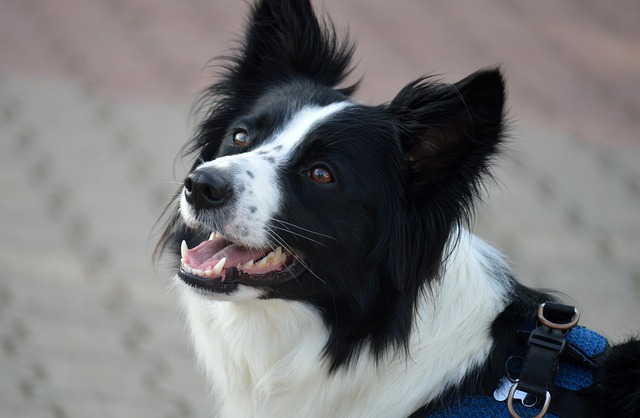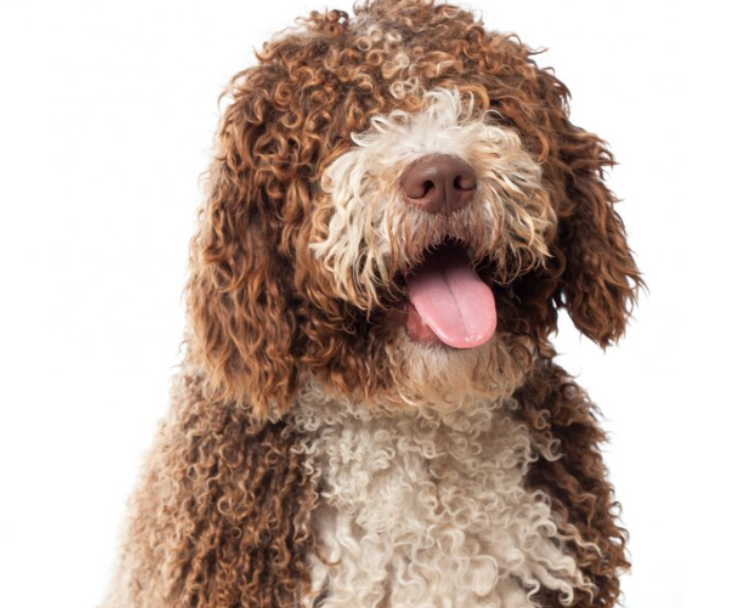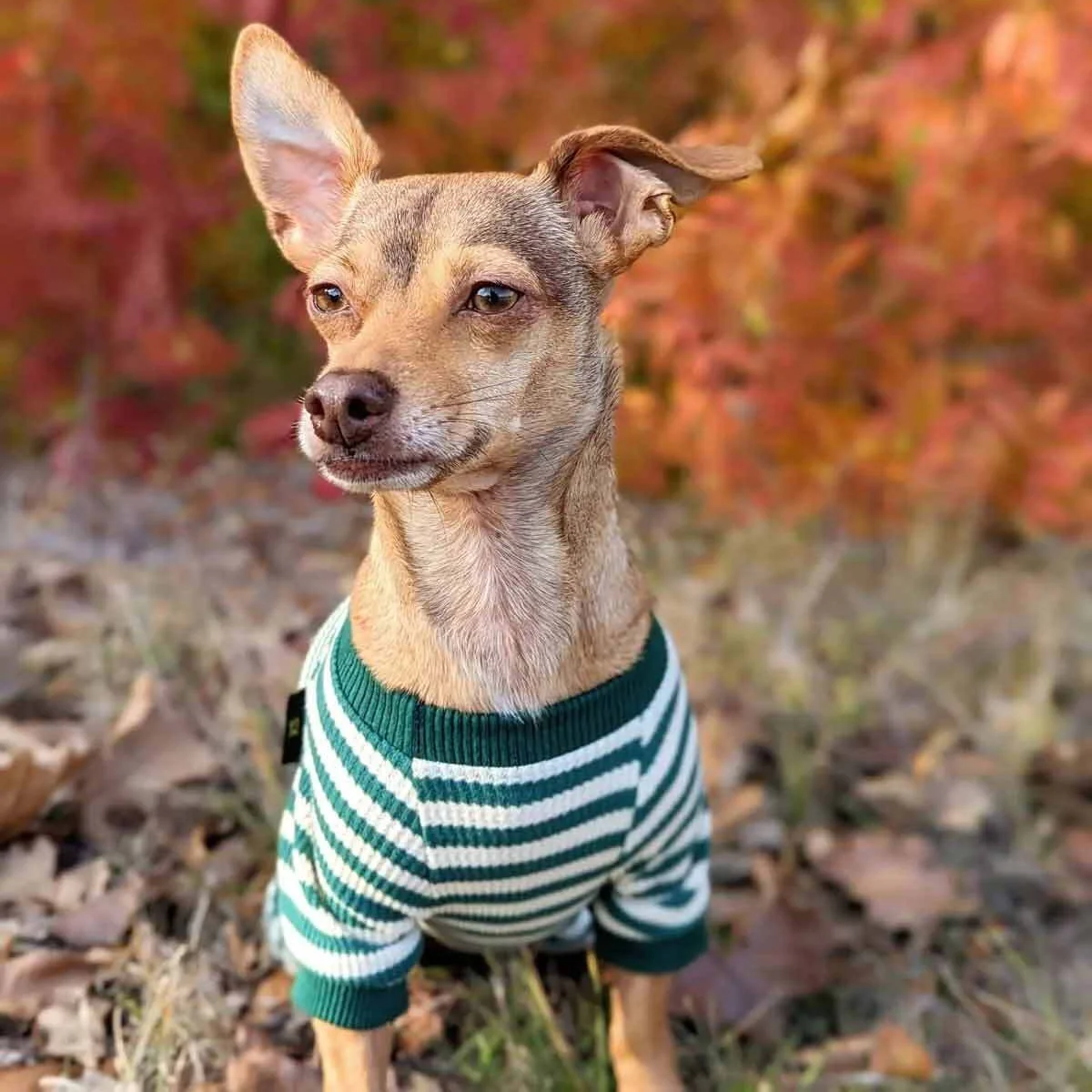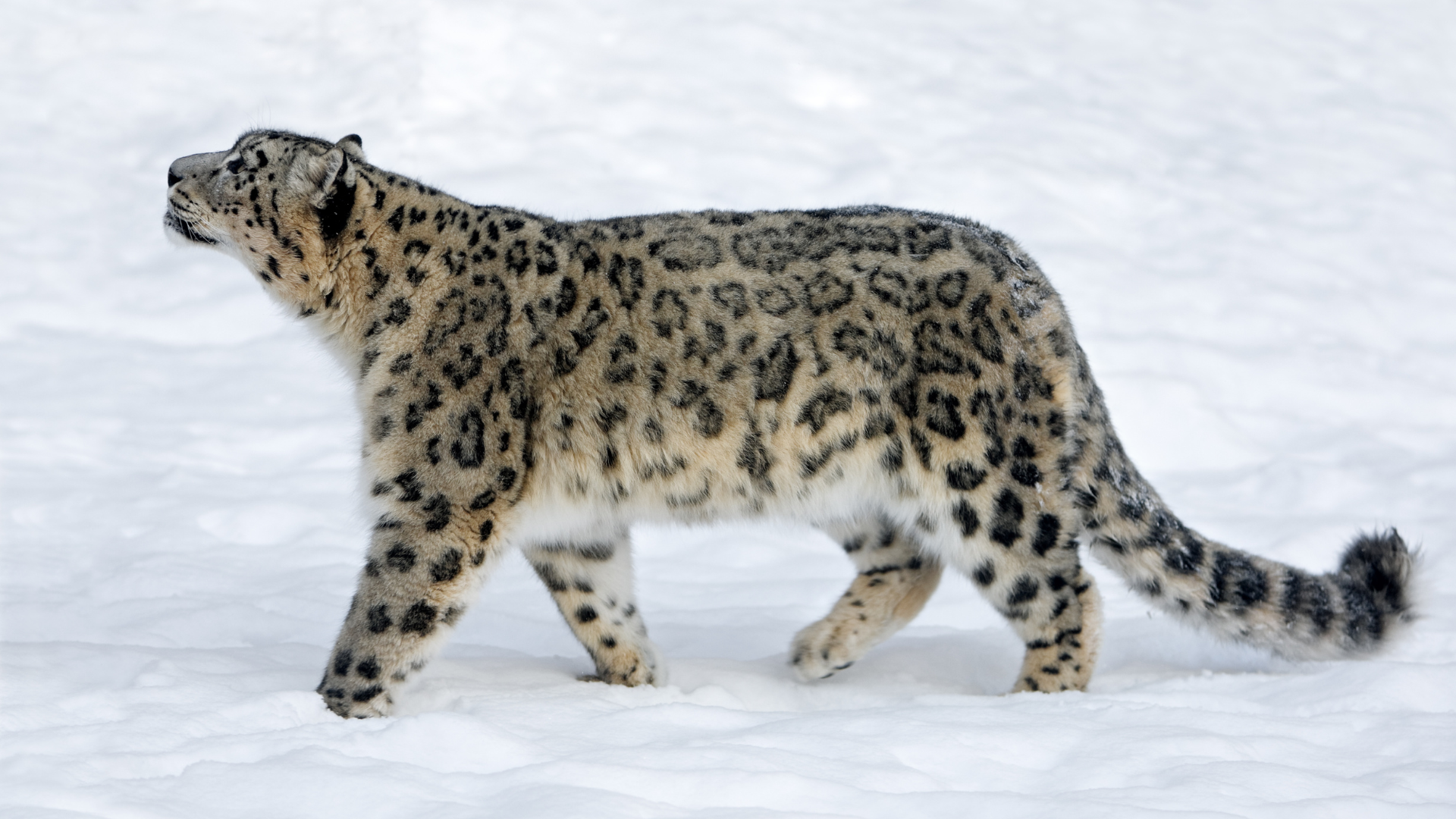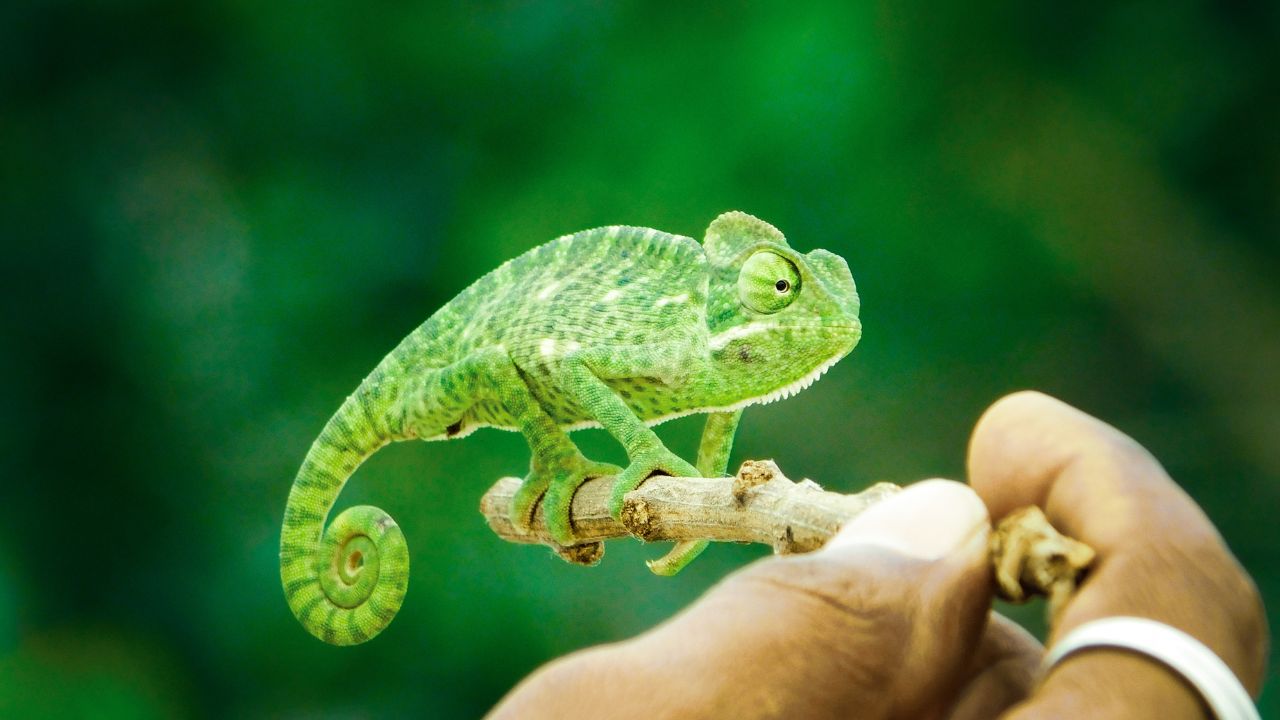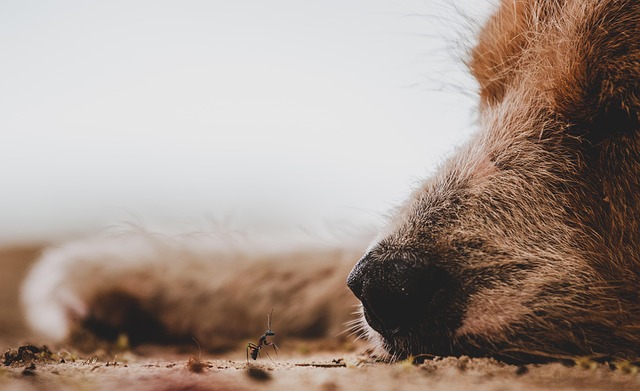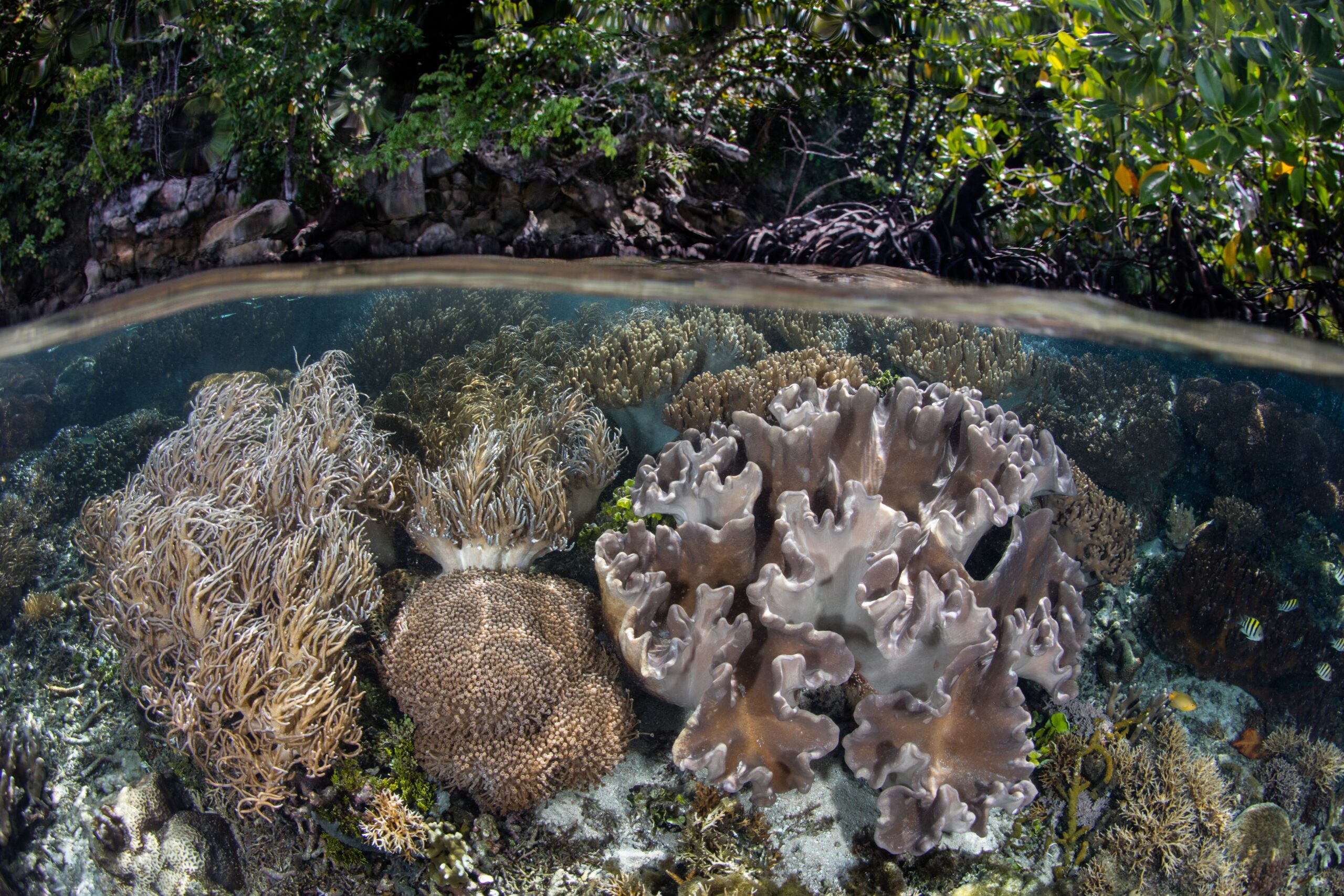-
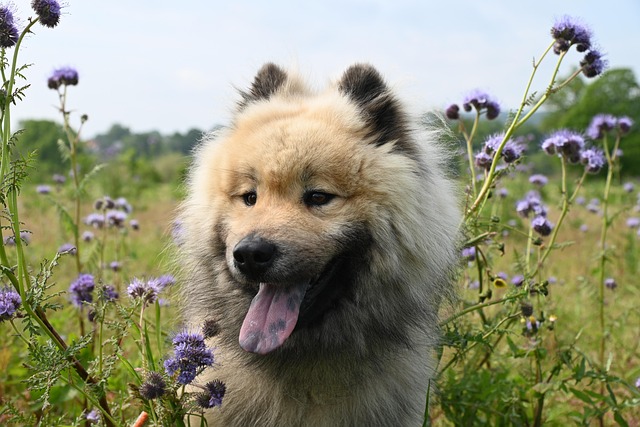
Mobile Dog and Cat Euthanasia in Gilbert, Arizona: A Compassionate Option
When your beloved dog or cat is nearing the end of life, mobile euthanasia provides a gentle, dignified way to say goodbye in the comfort of home. This service brings a licensed veterinarian to your doorstep, allowing your pet to pass peacefully in familiar surroundings, surrounded by loved ones. According to the Association for Pet…


